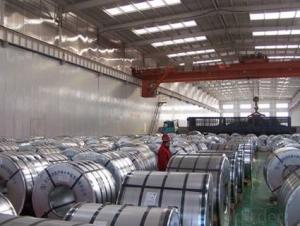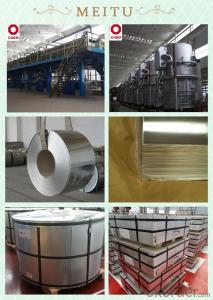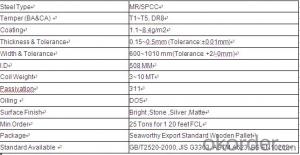Prime Grade Tinplate For Food Cans, MR Material
- Loading Port:
- China main port
- Payment Terms:
- TT OR LC
- Min Order Qty:
- 30 m.t.
- Supply Capability:
- 50000 m.t./month
OKorder Service Pledge
OKorder Financial Service
You Might Also Like
Item specifice
1.Usage
Tinplate is widely used for making all types of containers, containing industrial usage such as paint can, oil can, aerosol cans etc., and food cans like milk powder cans, tomato paste can, dry food cans etc.
2. Tinplate production Process
cold rolling mill---degreasing production line---tension leveler---batch annealing furnaces/continuous annealing line---tin coating line---cutting line---stock area
3. Specification
standard: GB/T2520, JIS G3303, DIN EN10202
Material: MR /SPCC
Thickness available: 0.16-0.50MM
Width available: 600~1050MM
Temper grade: T1 – DR8
Tin coating: ordinary 2.8g/2.8g, 5.6g/5.6g and others
Package: sea worthy export package.
Applications: Tin can for chemicals & paint cans, industrial cans, food cans
4.our production area picture
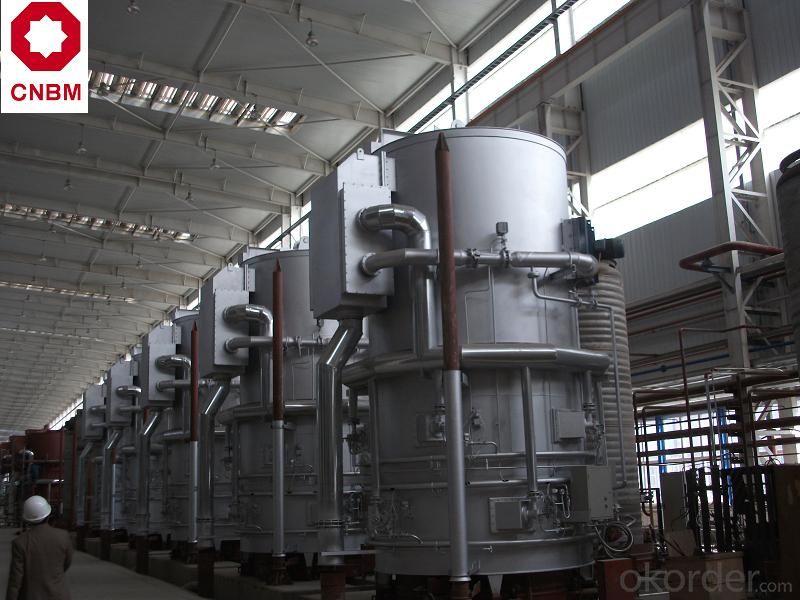
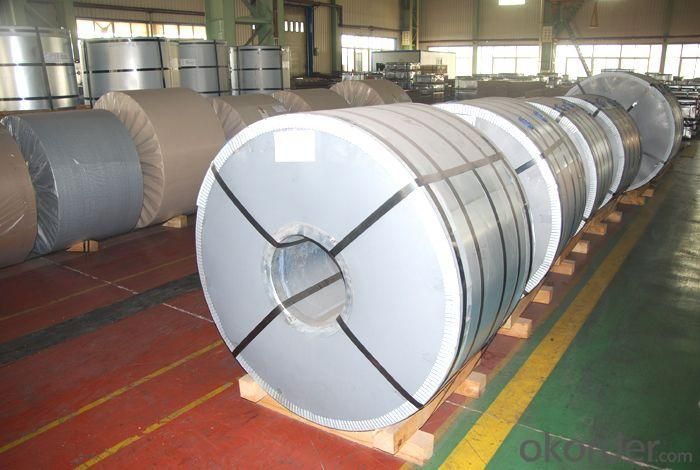
5. FAQ
a. what's the annual output?
about 500,000 tons per year.
b. where's the raw matrial from?
our hot rolled coil is purchased from Capital Steel and other state owned mill, with quite good quality.
c. how long is the delivery time?
normally for SPCC about 45~55 days, while 65~75 days for MR material
d. what's your advantage than other supplier?
we have overseas warehouse all over the world, like Saudi Arabia, Oman, UAE, Kuwait, Russia, South Africa etc.
e.how to control the quality during production process?
inside our workshop, we have MES syestem. It will show the status of each production step.
- Q:How does tinplate contribute to the overall reusability of packaging?
- Tinplate contributes to the overall reusability of packaging due to its durability and longevity. It can withstand multiple uses without losing its structural integrity, making it ideal for packaging that needs to be reused or recycled. Additionally, tinplate can be easily cleaned and sanitized, ensuring the safety and hygiene of the packaged contents for subsequent uses.
- Q:What is tinplate?
- Tinplate refers to thin sheets of steel that have been coated with a layer of tin. It is primarily used in the packaging industry for manufacturing cans and containers due to its corrosion resistance and ability to preserve the quality of food and beverages.
- Q:Can you tell me how to deal with the recycling of tinplate?
- General tinplate packaging waste, as long as the rust is not serious, can be converted into hardware products, to achieve the best use of materials. The consumption of tinplate in our country is relatively large (600 thousand tons / year), and 125 tons of tin packing waste can be recovered 1 tons of tin.
- Q:What are the main trends in tinplate recycling?
- The main trends in tinplate recycling include increased awareness and efforts towards recycling tinplate packaging, advancements in recycling technologies to improve efficiency and quality of recycled tinplate, and the growing demand for sustainable packaging solutions, leading to more emphasis on tinplate recycling.
- Q:Can tinplate be used for packaging of perishable goods?
- No, tinplate is not suitable for packaging perishable goods as it is not airtight and does not provide sufficient barrier properties to prevent spoilage or contamination.
- Q:What are the different ways to seal tinplate containers?
- There are several different ways to seal tinplate containers, including using a metal lid with a rubber gasket, using a plastic or paper lid with a heat-sealed lining, using a twist-off cap with a tamper-evident seal, and using a peel-off foil seal.
- Q:How is tinplate used in the food industry?
- Tinplate is extensively used in the food industry for packaging food products. It acts as a protective barrier between the food and the metal, preventing contamination and maintaining the food's quality and safety. Tinplate cans are commonly used for canned fruits, vegetables, meats, and other food items. Additionally, tinplate is also used for making food canisters, containers, and lids. Its corrosion resistance, durability, and ability to maintain food freshness make it an ideal material for food packaging in the industry.
- Q:How does tinplate perform in terms of gas barrier properties?
- Tinplate generally provides excellent gas barrier properties, as the tin coating on the steel substrate acts as a protective layer that prevents the penetration of gases. This makes tinplate a suitable choice for packaging perishable goods and sensitive products that require a longer shelf life.
- Q:What are some common tinplate products?
- Some common tinplate products include food cans, beverage cans, aerosol cans, metal closures, and tinplate packaging for various consumer goods.
- Q:How is tinplate used in the manufacturing of electrical components?
- Tinplate is commonly used in the manufacturing of electrical components due to its corrosion resistance and excellent electrical conductivity. It is often formed into thin sheets and utilized as a protective coating on copper or other metal surfaces to prevent oxidation and ensure prolonged durability. Additionally, tinplate can be shaped into intricate forms, such as cans or enclosures, to house electrical circuits and provide insulation. Overall, tinplate plays a crucial role in safeguarding the functionality and longevity of electrical components.
1. Manufacturer Overview |
|
|---|---|
| Location | |
| Year Established | |
| Annual Output Value | |
| Main Markets | |
| Company Certifications | |
2. Manufacturer Certificates |
|
|---|---|
| a) Certification Name | |
| Range | |
| Reference | |
| Validity Period | |
3. Manufacturer Capability |
|
|---|---|
| a)Trade Capacity | |
| Nearest Port | |
| Export Percentage | |
| No.of Employees in Trade Department | |
| Language Spoken: | |
| b)Factory Information | |
| Factory Size: | |
| No. of Production Lines | |
| Contract Manufacturing | |
| Product Price Range | |
Send your message to us
Prime Grade Tinplate For Food Cans, MR Material
- Loading Port:
- China main port
- Payment Terms:
- TT OR LC
- Min Order Qty:
- 30 m.t.
- Supply Capability:
- 50000 m.t./month
OKorder Service Pledge
OKorder Financial Service
Similar products
New products
Hot products
Hot Searches
Related keywords
